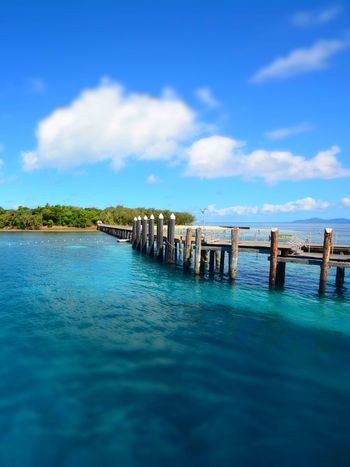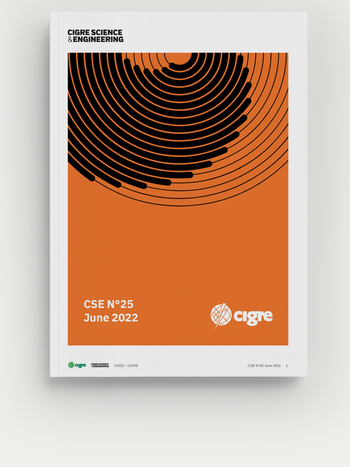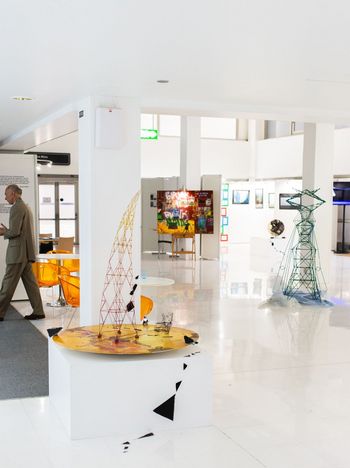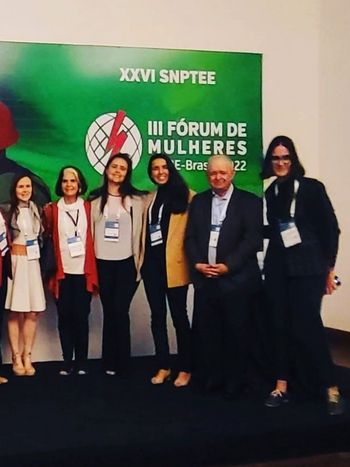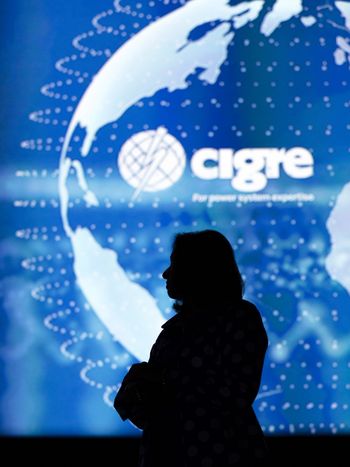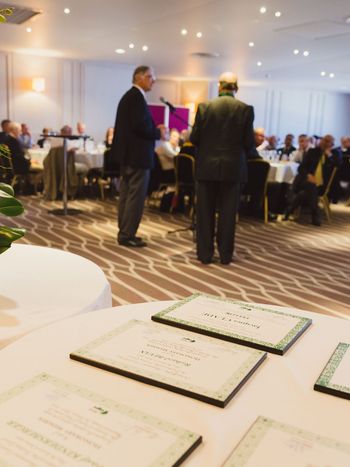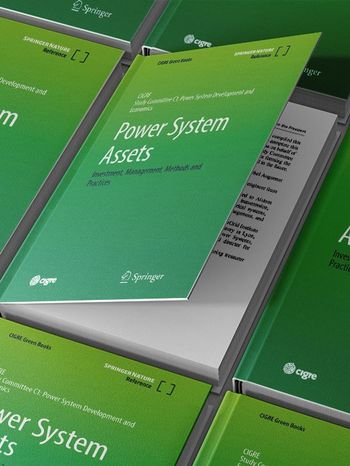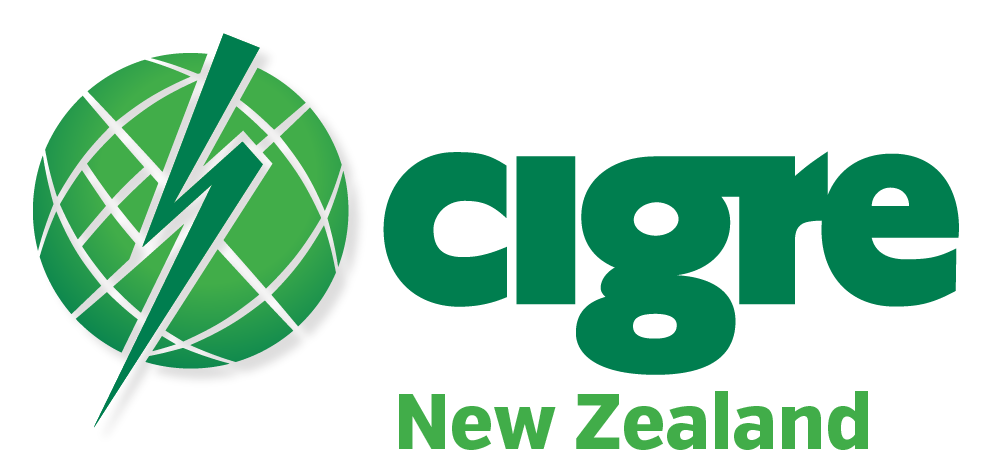CIGRE New Zealand - Convening a high performance panel with an Agile mindset: Sharing Experiences
A collaborative global community has always been a key success factor of CIGRE, where professionals volunteer their time for the greater good of the industry. An Agile management mindset has been applied to the NZ.A2 panel from its beginning because of the inherent thought processes of understanding, collaborating, learning and staying flexible [1], which fits well with CIGRE’s mission. The decentralised and democratic aspects of Agile management are suitable for organising a local CIGRE panel and attracting these volunteers.

By Dan Martin, NZ.A2 power transformers and reactors convener
Sections of the Agile manifesto [2] were incorporated into panel management. The key was to prioritise “individuals and interactions over processes and tools”. This was felt important for engagement, as the following of processes and tools requires individuals to be involved. A collaborative and democratic style of panel is required to engage volunteers. While it is easy to consider the convener as following project-management style concepts to set up activities, since volunteers and contributors are unpaid, it is significant to consider their motivations and ensure fulfillment. The convener’s role thus became a servant-leader type, e.g. defined as coaching, collaboration and stakeholder management [3]. In fact, the convening role becomes more like an Agile product owner, where the needs of both CIGRE and the member organisations must be met.
Maintaining volunteer focus is essential. Fast project delivery prevents stakeholders becoming disappointed with delayed realisation of benefits [4], helping to retain engagement. While components of the NZ.A2 panel were set up iteratively, a success factor is to grow influence in NZ where there are already several engineering societies active, and, to increase member base and income.
An early activity was to provide ethos and mission statements [5], to set the desired direction and culture of the group to be aligned with CIGRE’s century-long mission to be collaborative sharing knowledge and expertise. A particular focus was placed on how to make necessary activities empowering and enjoyable. The voluntary nature of a CIGRE group seems to lead to self-organising teams, where people can apply their strengths. As self-organised project teams are embraced by Agile management [6], this is another reason to apply this style.
Projects managed using Agile tend to evolve rather than be executed [7]. This suited the panel better than a rigid plan because of the initial unpredictability in the interest of the local engineering community, and COVID making in-person meetings difficult.
An agile way to deliver success more quickly than standard waterfall management techniques is by iteration [7]. This was applied by defining a few key activities that the panel should do first, before iteratively moving on to others. As an example, the first year was to find out what the panel should focus on, hold meetings and deliver a conference. The second year was to set up a programme of web-tutorials about transformer engineering, to involve engineering undergraduate students, and to place local members onto new international working groups. Once members are involved in these working groups, they report back to local meetings. Reviews of the panel are performed annually, where progress is assessed and adjustments made. Outcomes are commented upon at the annual technical meeting as well as documented in the NZ.A2 newsletter [8].
The annual newsletter also serves as the record of activities. Agile iteration has been successfully applied to publishing [9], as writing this way speeds up delivery. In a volunteer organisation, techniques to reduce time are obviously welcome.
While the organisational approach of a dedicated convener and secretary from the beginning were paramount to starting the group, there is an obvious limitation of scalability once the group and CIGRE NZ grows. An improvement has been to set up committees to deliver events, treating each one as a separate project to manage. A committee is similar to the Development Team in Agile, because the team has cross-functional skill sets. Designated roles are minimised and “people take on different responsibilities depending on the nature of the work” [2]. A convener also becomes similar to the Scrum master definition in Agile [2]: monitoring team spirit, resolving impediments and trying to keep the team energised. A product backlog is maintained by the committee to prioritise tasks. A plan is maintained with dates, for instance an event must be publicised many months beforehand to maximise participation. The importance of agile project governance on team empowerment was noted in a study that teams are best supported by having freedom, authority and capability to deliver value [10].
Having defined roles in a committee is beneficial for structure. However, as everybody is a volunteer with finite interest and time, the risk is that despite best intentions an individual does not deliver. In Agile the team is self-organised with less of a focus on roles [2], which is advantageous in planning events because even if one person does not deliver individually, as long as the team has a cross-functional skillset, it will be done. As this project management is time bound to the event, the team soon dissolves afterwards until there is another call for volunteers.
When forming a committee, diversity is maintained to ensure that all sections of the engineering community have their needs met. Such as diversity in industry, skills, gender and age. Around a third of the NZ population consider themselves as non-European [11]. There has been diversity in skills and race, demonstrated by a good turn-out at events. NZ.A2 has set up a project where universities send engineering students to meetings as observers, as they are the future of CIGRE. However, gender diversity has not been well represented. This seems an industry-wide problem in New Zealand engineering. To overcome this, collaborations have been held on events by forming committees with Australian CIGRE, to expand gender representation. CIGRE NZ is aware of this, and is investigating strategies to further support women-in-energy, aligned with the central international office vision [12].
In 2021 there were three panels operating locally. In terms of cross-panel organisation, communication was organic between the conveners, and output was easy to track and comprehend. In 2022 three more panels were introduced, and as the complexity will increase the organisational approach will need to change to prevent conveners becoming overloaded. A relevant study of Agile investigated how to keep thirteen development teams coordinated in an organisation, finding that a scrum of product owners was effective [13]. A scrum is a short, regular meeting, to review progress, re-evaluate priorities and identify roadblocks [6]. This is a similar number of panels as in CIGRE, and is thus now being trialled.
The key takeaway of this article is for our conveners to reflect on different styles of panel management, to best serve the engineering community. An Agile mindset has been organically shown to effectively facilitate and deliver this for us.
Acknowledgement
The author thanks Tara-lee MacArthur, AU.A2, and Doug Ray, NZ Chairman, for reviewing this article and making recommendations for improvement.
References
- K. Drozd, How to get your team to love and adopt agile methodology, https://www.atlassian.com/agile/advantage/agile-mindset
- Manifesto for Agile Software Development, 2001, accessed 4th May 2022, http://agilemanisfesto.org
- Y. Shastri, R. Hoda & R. Amor, “The role of the project manager in agile software development projects”, The Journal of Systems & Software, pp. 1-16.
- J. Fair, “Agile versus waterfall: approach is right for my ERP project?”, PMI Global Congress, Project Management Institute, 2012.
- D. Martin, “Setting up the New Zealand A2 power transformers and reactors panel”, CIGRE Electra, 2nd Mar. 2021, Accessed 4th May 2022, https://www.cigre.org/article/gb/news/the_latest_news/setting-up-the-new-zealand-a2-panel
- E. W. Larson & C. F. Gray, Project Management, The Managerial Process, 5th ed., McGraw Hill, 2011.
- J. Kisielnicki & A. M. Misiak, “Effectiveness of agile compared to water implementation methods in IT projects: analysis based on business intelligence projects”, Foundations of Management, pp. 273-286, 2017.
- D. Martin, “Second year of the New Zealand A2 power transformers and reactors panel”, CIGRE Electra Magazine February 2022: https://electra.cigre.org/320-february-2022/life-of-association/second-year-of-the-new-zealand-a2-power-transformers-and-reactors-panel.html
- Scholastica, “Agile Journal Management: An Overview for Editorial Teams”, 20th Aug. 2020, accessed 4th May 2022, http://blog.scholasticahq.com/post/agile-journal-management-overview
- T. Lappi, T. Karvonen & L. Lwakatare, “Toward an Improved Understanding of Agile Project Governance: A Systematic Literature Review”, Project Management Journal, pp. 39-63, 2018.
- New Zealand’s population reflects growing diversity, Stats NZ Tatauranga Aotearoa, accessed 7th May 2022, https://www.stats.govt.nz/news/new-zealands-population-reflects-growing-diversity
- CIGRE Women in Energy, A Forum dedicated to CIGRE Women in Energy, accessed 7th May 2022, https://www.cigre.org/GB/community/women-in-energy
- K. Kantola, J. Vanhanen & J. Tolvanen, “Mind the product owner: An action research project into agile release planning”, Information and Software Technology, pp. 1-15, 2022.
Thumbnail & Banner credit : Photo by Dylan Gillis on Unsplash

